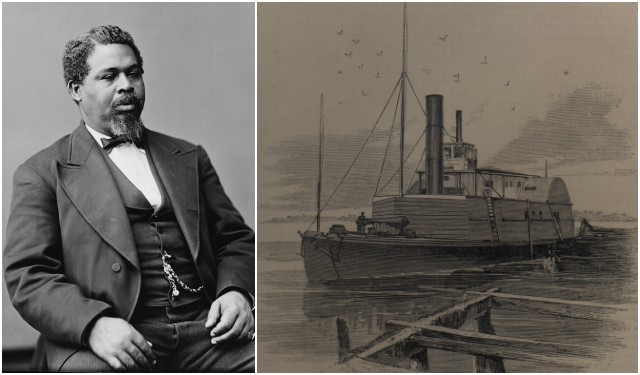Robert Smalls was born on April 5, 1839, as a slave in Beaufort, South Carolina. His mother Lydia served in the house of John McKee, her owner who was rumored to be Robert’s father.
When Robert was 12-years-old he was sent to Charleston, a harbor town on South Carolina’s coast, to be hired out as a laborer.
At the beginning, he worked in a hotel and later he found work on Charleston’s docks and wharves. There he proved himself as a worthy stevedore and seafarer and eventually he gained the trust of those holding him captive.
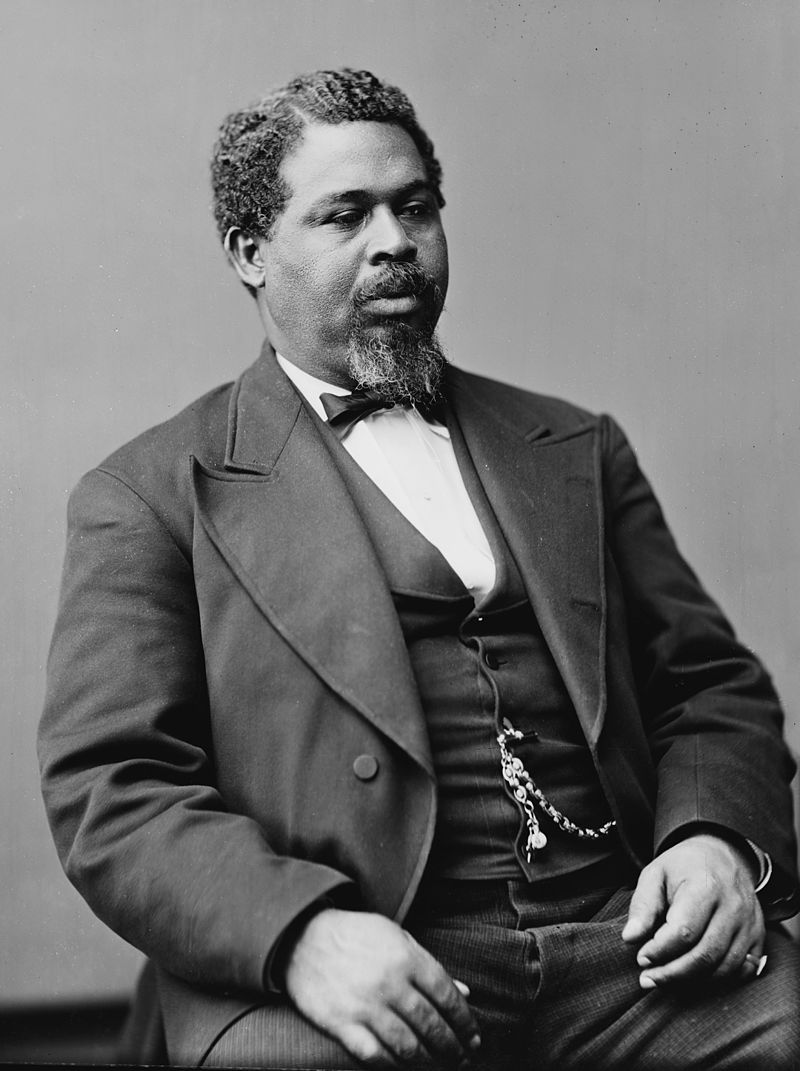
He was 17-years-old when he married Hannah Jones on December 24, 1856, with whom he had two children.
His position put him into the elite of Charleston’s slave community but he wanted to be free and attempted to buy his family’s freedom but he faced difficulties since buying his freedom would cost him $800 and he only had $100.
In the fall of 1861 Smalls was offered to be a deckhand on the Confederate transport steamer Planter. The purpose of the Planter was to deliver armaments to the Confederate forts. He was one of eight slaves that made up a portion of the steamer’s crew.
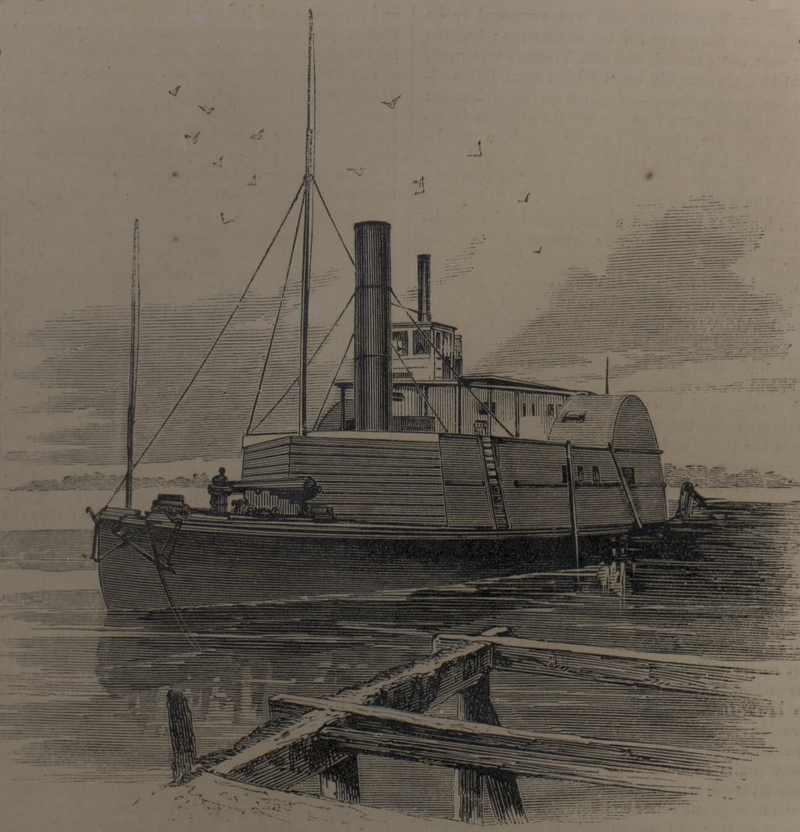
Since he was experienced wheelman Robert Smalls had a plan to obtain his family freedom. He discussed the plan with the other slaves in the crew and managed to gain their confidence.
It was just after 3:00 am on the morning of May 13, 1862 when the ship’s White crew members stayed ashore to rest. Smalls, his wife and kids with 12 other slave members in the area boarded the planter and set off for a great escape.
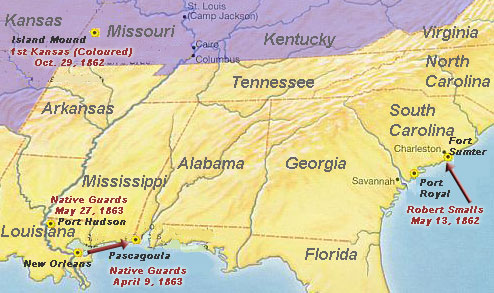
He then hoisted the Confederate flag requesting safe passage through Confederate waters. He delivered the Planter to the Union fleet blockading Charleston. He then turned over the planter to the union navy.
They were all welcomed as heroes and Smalls told them the story provided Union forces with valuable intelligence on Confederate activities in Charleston.
Newspapers reported his actions and Smalls quickly became known in the North as a hero for his daring exploit.
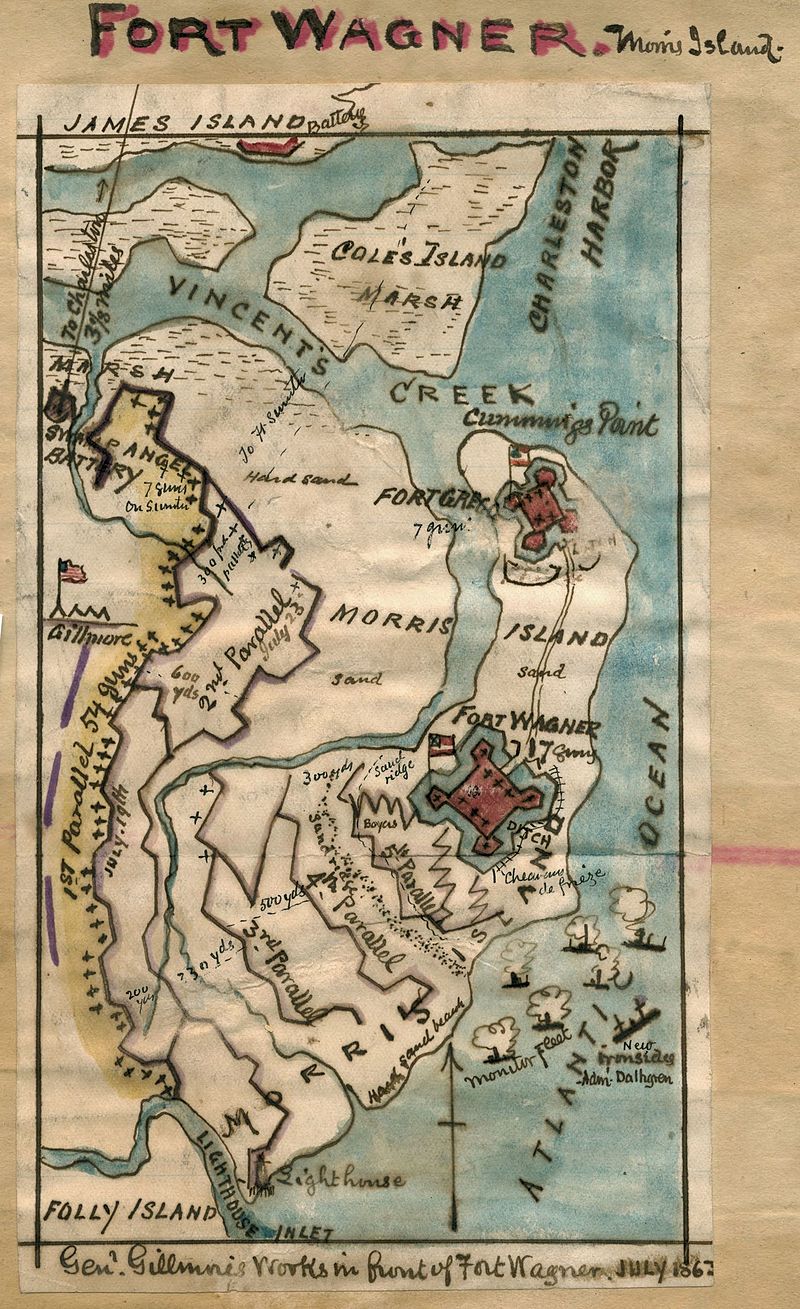
He was given a substantial share of the reward money for the ship’s capture and his share came to $1,500. He was honored at the White House and became a captain in the Union Navy.
Here is another story on related topic from us:The Ironclad Warships
When the war ended Smalls returned to Beaufort and entered politics and was elected as a member of the U.S. House of Representatives from 1875-1879. Robert Smalls died of malaria and diabetes in 1915 at the age of 75.
